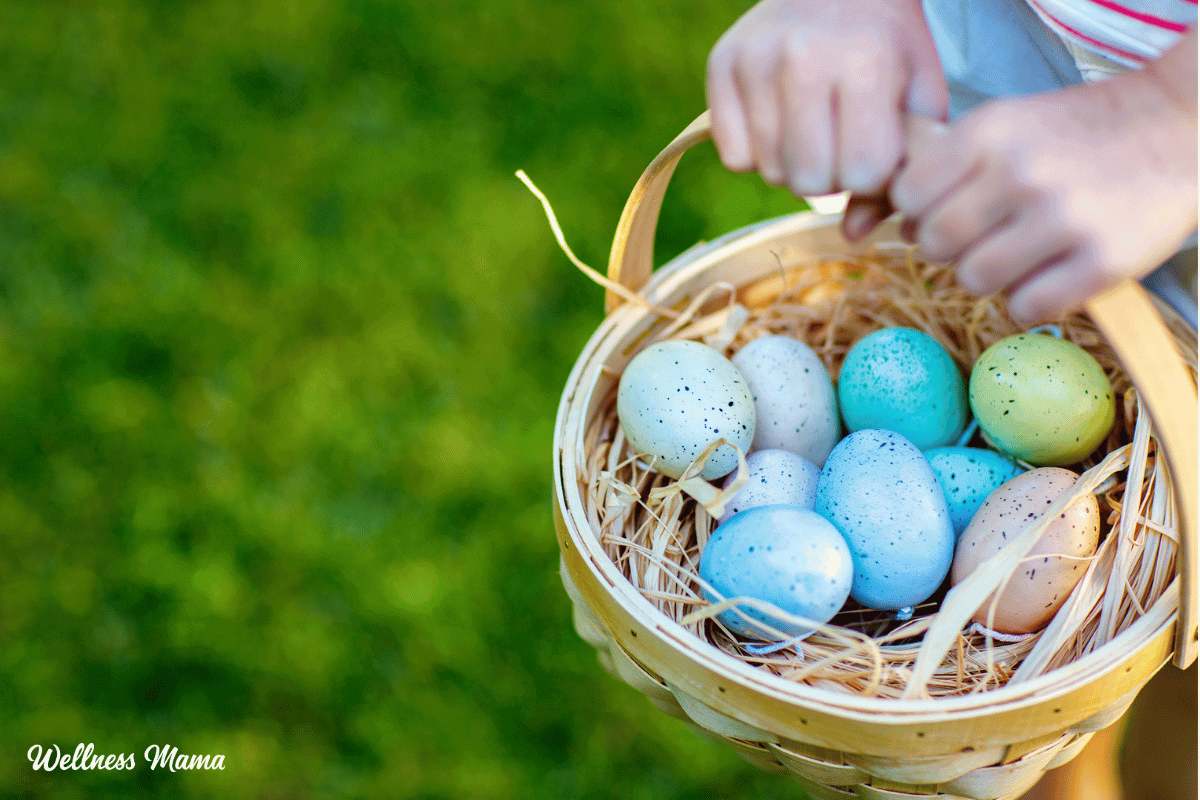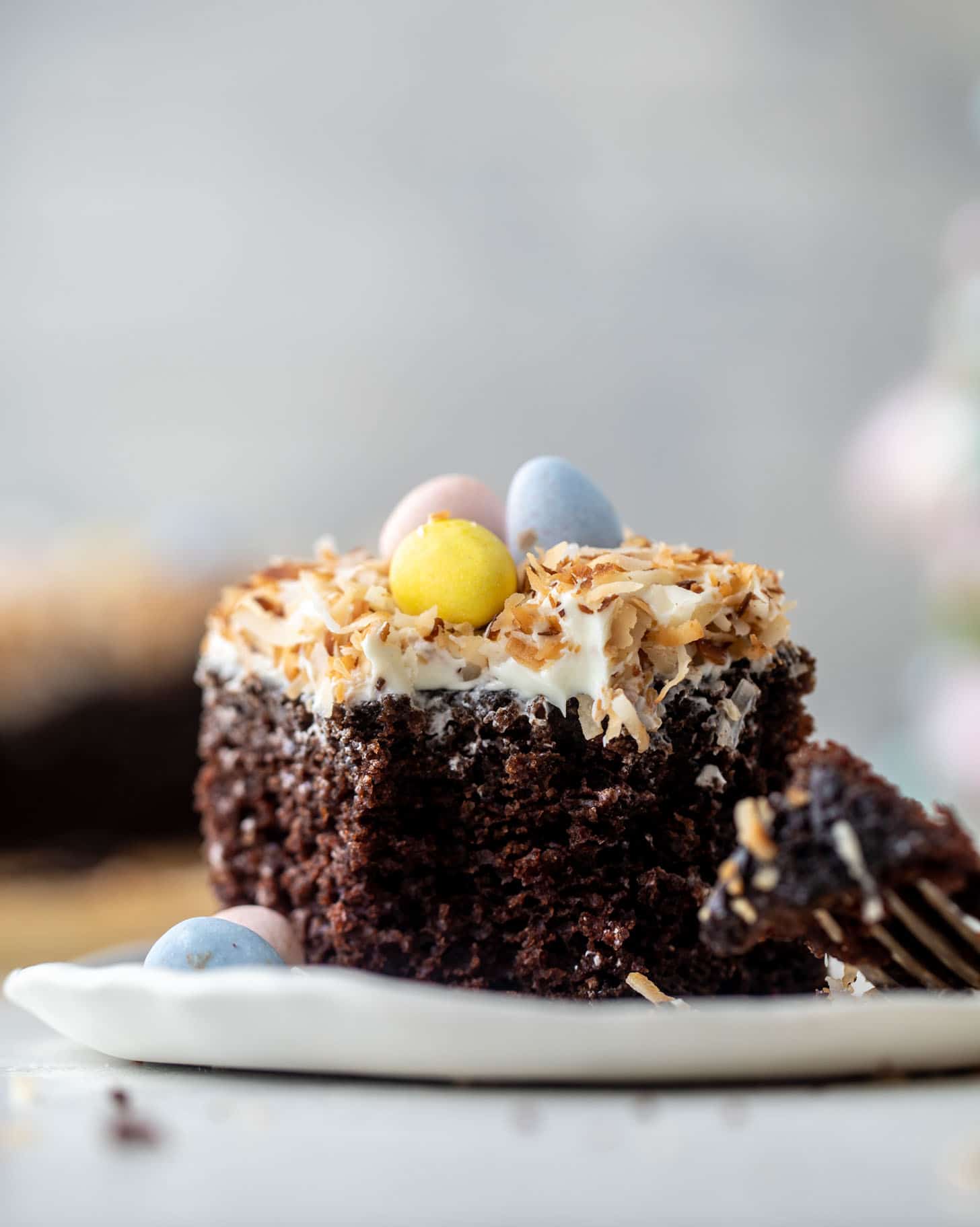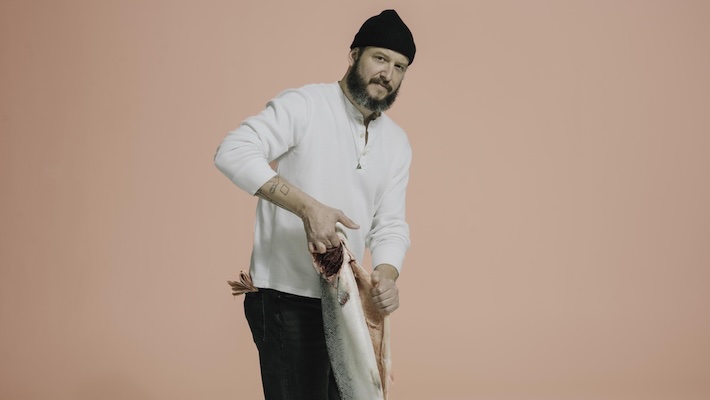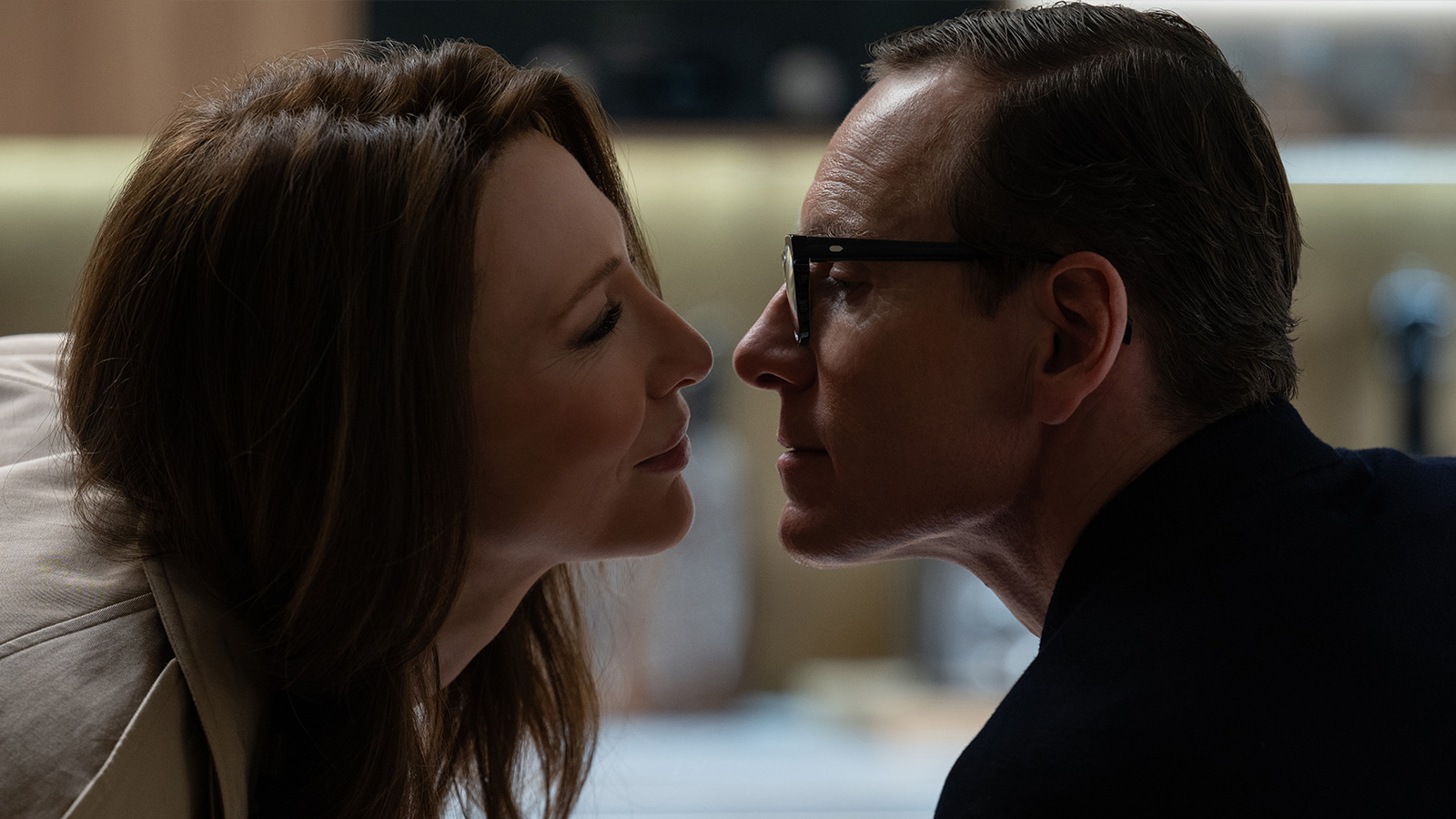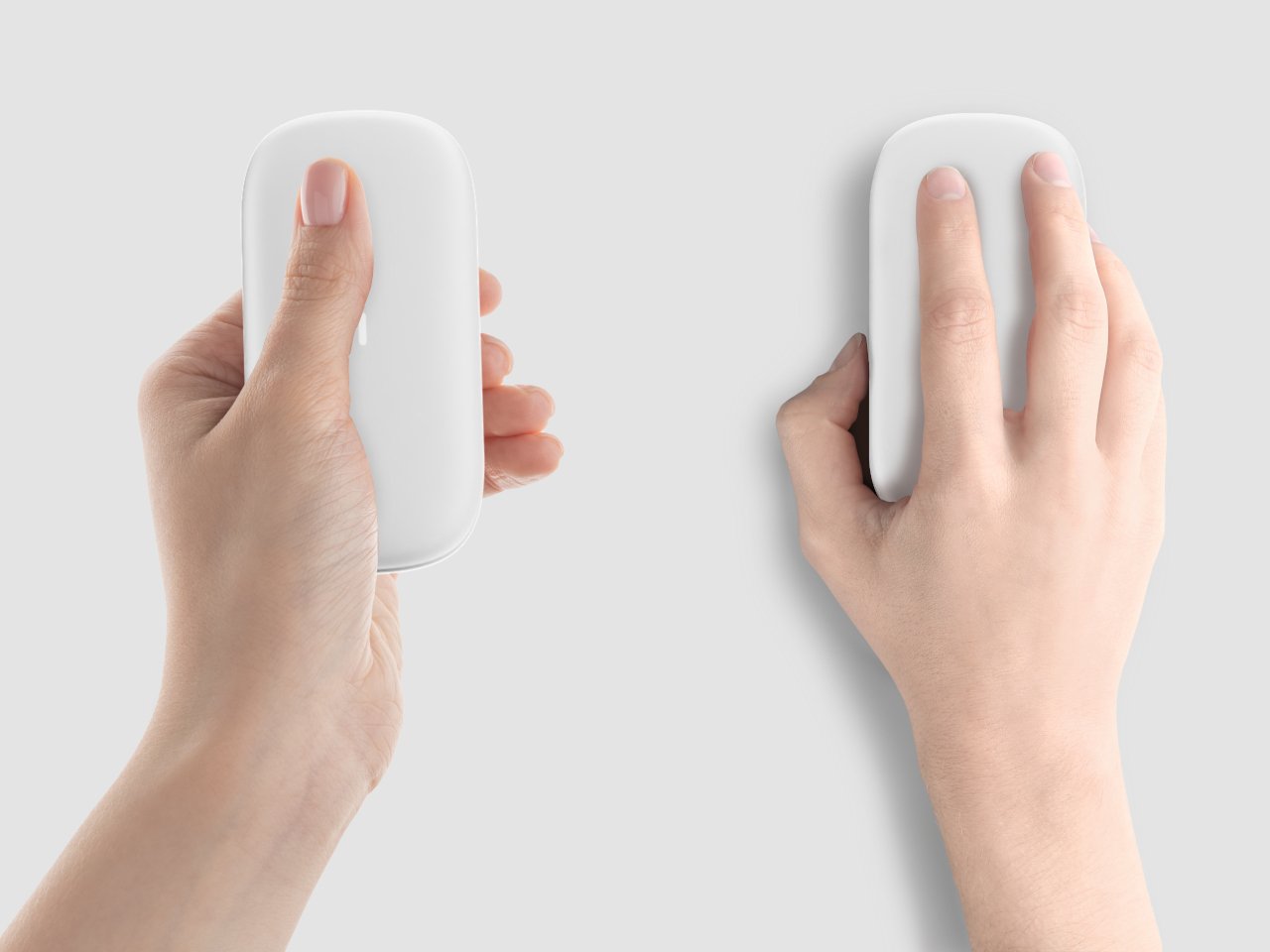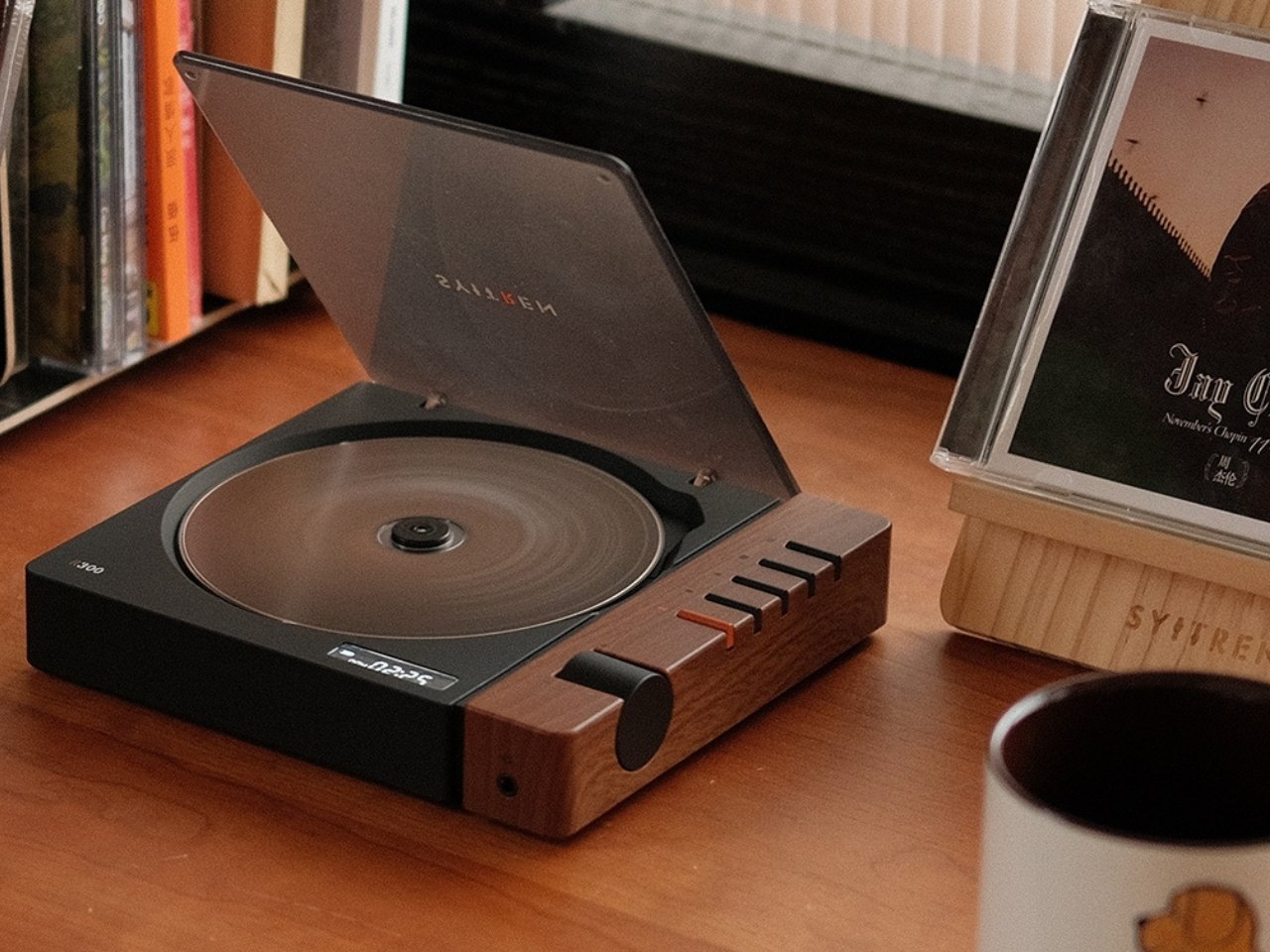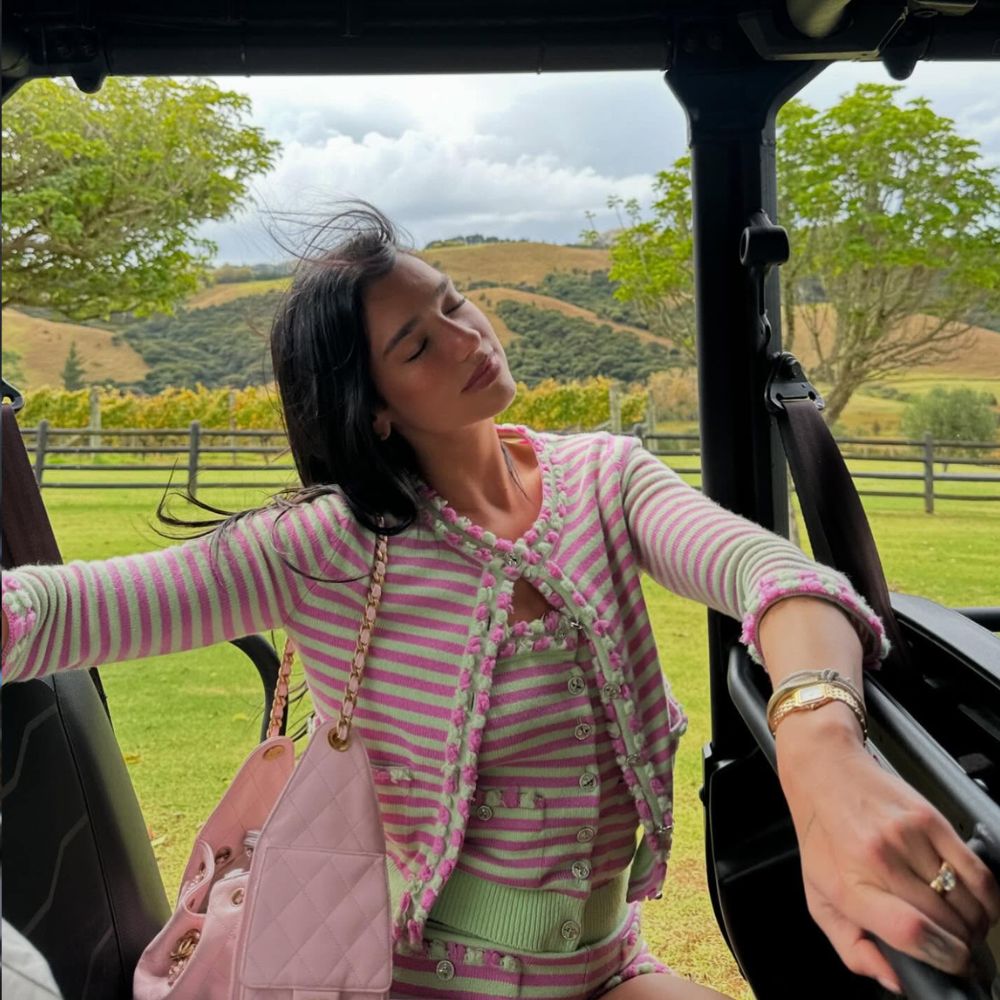Sun’s Out, Guns Out: L.A. Guns Still Know How to Rock
In 1988, due to sheer boredom and lack of a productive role in Los Angeles’ metal scene, I was more than ready to clock out of my short-lived rocker chick career. But then L.A. Guns released their eponymous debut album, and I had to stick around a little bit longer. Here was an album with […]
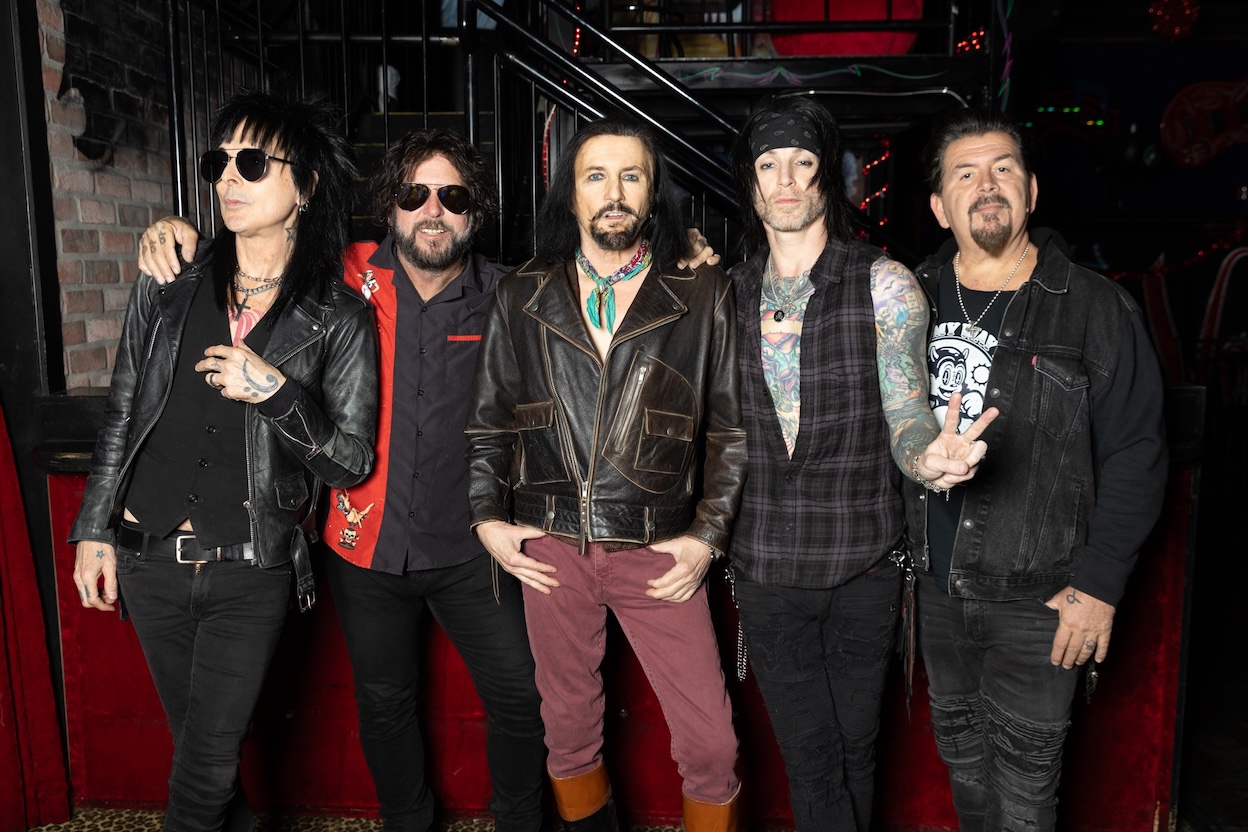

In 1988, due to sheer boredom and lack of a productive role in Los Angeles’ metal scene, I was more than ready to clock out of my short-lived rocker chick career. But then L.A. Guns released their eponymous debut album, and I had to stick around a little bit longer. Here was an album with equal parts grit, grime, and glam, from a band that was sexy, stylish, and a touch dangerous. By the time its follow-up, Cocked & Loaded, was released the next year, I had made good on my promise to myself and left the Sunset Strip in my rearview. But I still bought Cocked & Loaded and played it to death while MTV hammered the video for the group’s crossover hit, “The Ballad of Jayne.” 1991’s Hollywood Vampires caught my eye because of its spot-on visually charged title, but I had moved too far from L.A. Guns at that point.
More from Spin:
- Josh Joplin’s New Album Reminds Us All of How Far We’ve Come
- Update: Bruce Springsteen Releasing Seven ‘Lost Albums’
- Justin Vernon Talks New Bon Iver Album With Todd Snyder
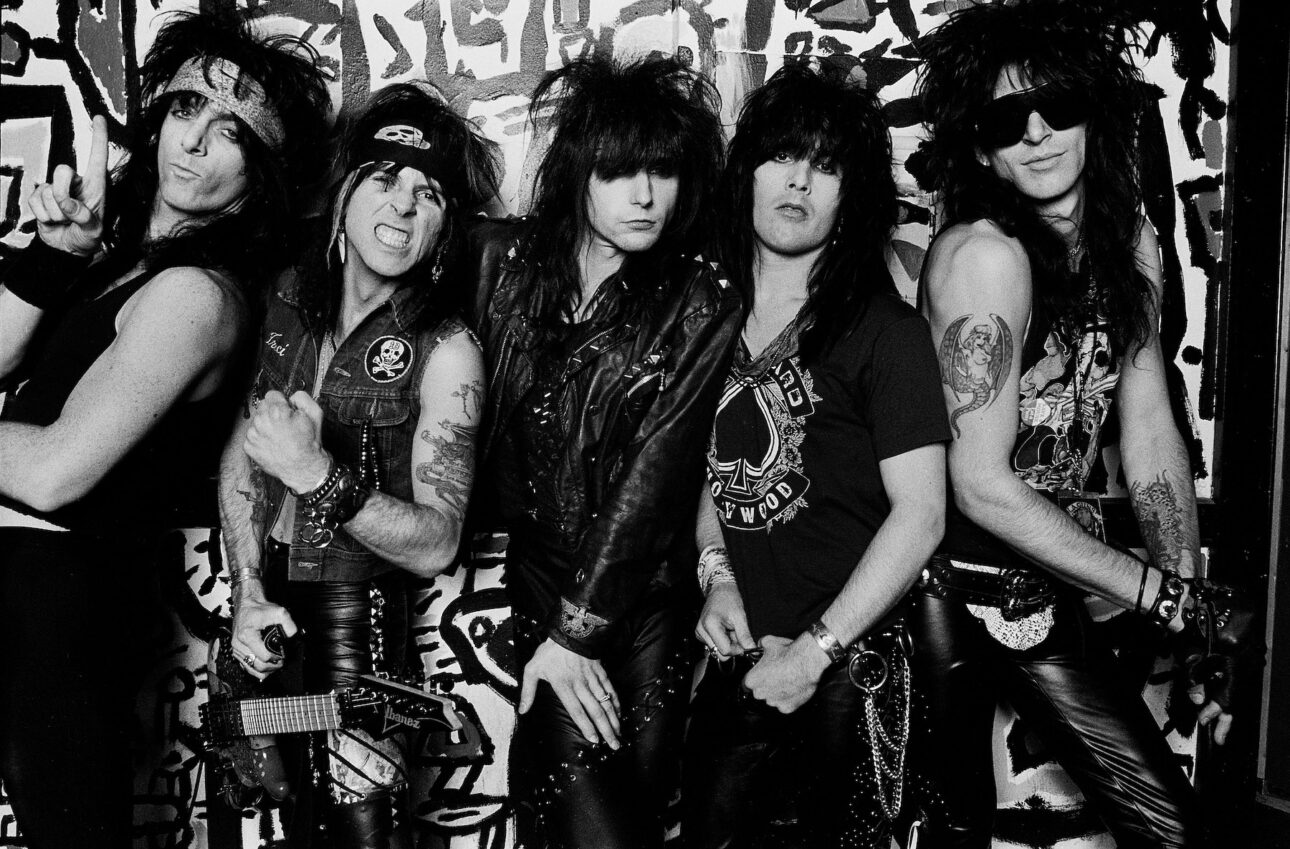
Self-centeredly, I thought everyone else had too. But then I saw L.A. Guns were releasing a new album on April 4, another on-the-nose titled one called Leopard Skin. It turns out, Leopard Skin is the group’s 15th studio album, with less than a handful of years between each one. Upon first listen to Leopard Skin, it’s clear that L.A. Guns still have it. It’s a classic hard rock album, energetic and unapologetic. Decades of recording and touring have made the group’s core member, Tracii Guns, an even more accomplished guitarist. Vocalist Phil Lewis, the only other remaining member of the classic L.A. Guns lineup, is in good form, his recognizable yowl a perfect foil for Guns.
I interviewed both of them in 1999, briefly, and it was a slightly surreal experience, possibly because I didn’t have enough distance from my metal years. Now, with a bearded Guns on my computer screen in a cap with wisps of hair sticking out, eyes behind glasses, wearing a checked-hooded top and distractingly cool necklace, it feels like we’re both a lot more grounded. There are framed L.A. Guns items on the wall behind Guns and a fuchsia curtain gives the room a warm glow. Guns has a warm glow all his own. He is chatty, in the best way. You give him a crumb and he comes back with a loaf. He has great one-liners like, “My whole life I’ve been in a hurry to get nowhere,” and “We’ve kind of been on our farewell tour since 1988,” and “Our scene was the party, grunge was the hangover.” It is obvious he is intelligent and self-realized. Early in our conversation, I have the retroactive wish that he had been my friend in the ’80s. I could have used someone like him.
“Our scene was the party, grunge was the hangover.”
“Our inner circle: Izzy [Stradlin], Axl [Rose], Chris Weber [Hollywood Rose], the girls we hung out with were just like you,” Guns tells me, twisting the knife a bit. “Those were the girls we had normal conversations with and grew as human beings with. It was good to have real female friends at a time where other women were mad with some kind of weird mania that enabled men to remain children for as long as possible.”
Guns is referring to the many women who “sponsored”—to use Charlie Overbey’s term—the rock star hopefuls that littered the streets of Hollywood without jobs, cars, leases, or any other hallmarks of adulthood.
“The interesting thing with the strippers [read: sponsors]—we called them out-of-towners—they became these surrogate mothers,” Guns says. “They wanted to own a little mini rock star and take care of them, dress them, do their hair, put their makeup on.”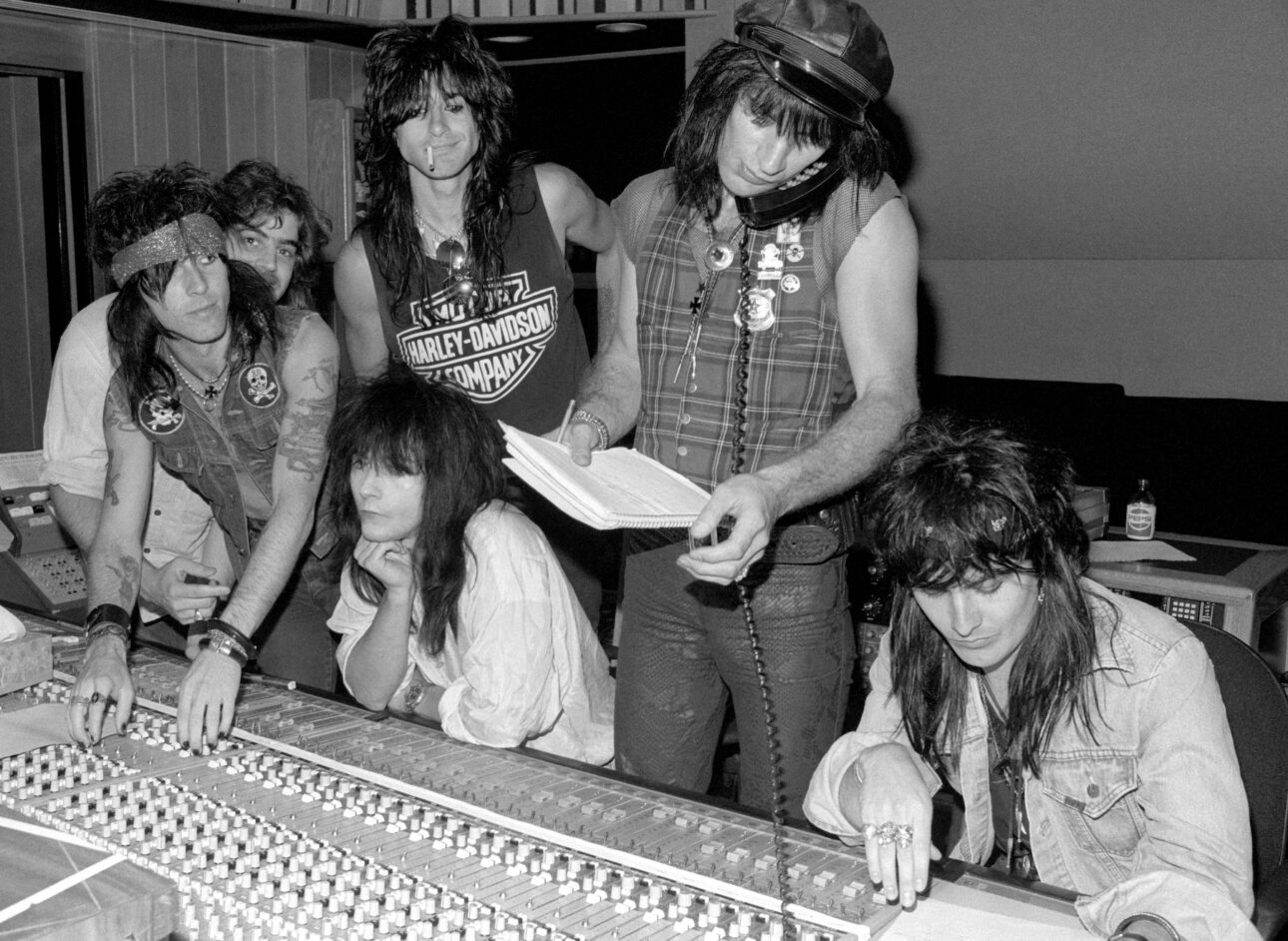
My personal experience with sponsors started out confused. Why would anyone want to support some dude that wasn’t their partner, house them contribution-free, and accept that they were seeing other women? As I met more of my musician friends’ sponsors, I connected with their friendly and generous personalities and liked them for who they were. And while I was glad they were around for company, I still didn’t understand their decision to be a sponsor.
“Those women had total independence, then they would surrender to these guys with tight pants and cool hair,” says Guns. “I’ve always been empathetic, and a lot of them gravitated towards me as a serious boyfriend type, but I still wasn’t. ‘You’re 10 years older than me and you’re hot and let’s have sex once,’ that’s how I was. It’s an interesting part of that culture that nobody ever talks about.”
As one of the key talking heads in the Paramount+ 2024 docuseries, Nöthin’ But a Good Time: The Uncensored Story of ’80s Hair Metal Guns shares a bunch of similar wisdom. Based on the book of almost the same name by Richard Bienstock and Tom Beaujour, the docuseries is directed by Jackass’ Jeff Tremaine (who also directed the Mötley Crüe biopic, The Dirt). The film is a sequel of sorts to Penelope Spheeris’ timeless Decline of Western Civilization Part II: The Metal Years—without that film’s piss-take (Guns’ word) attitude. Instead, it takes a decades-long perspective-filled look at the singular characters that made up a scene that imploded on itself.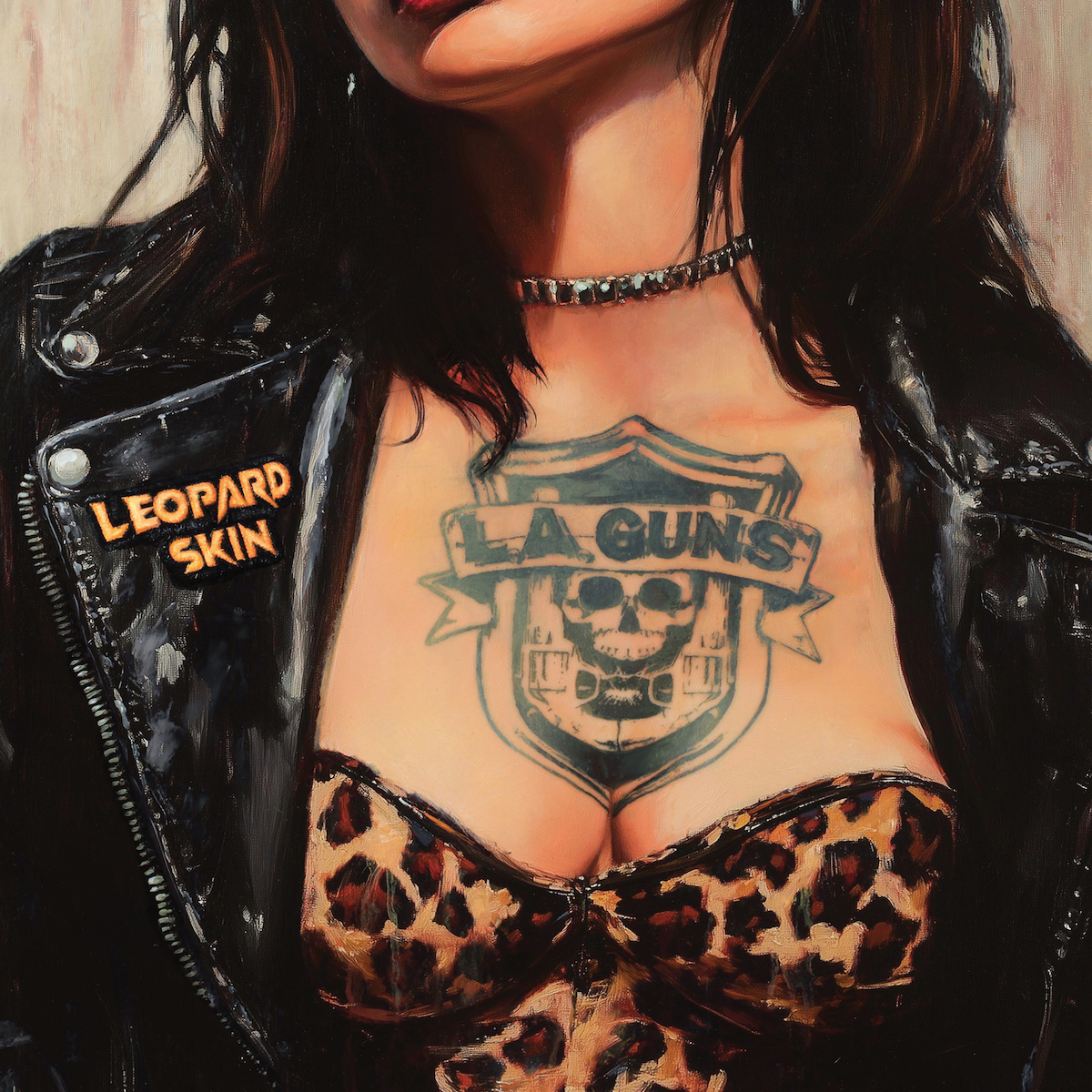
“Those guys had entitlement without any foundation,” observes Guns. “I don’t think there has ever been an artistic time throughout history where people just posed: ‘I’m a rock star because I say so. That’s just the way it is.’ Good Time really tied it together from Mötley Crüe to the shitty bands that came after L.A. Guns. We didn’t want to be associated with our own music scene. I’m over here trying to be Jimmy Page, who are these motherfuckers?
He continues, “I feel like the bands that came after were about fitting in instead of taking the lead or taking an influence and amplifying it in a different way that made them unique. I’m glad a lot of those bands packed up and went away. It created more space for people that were innovating and doing musical things rather than just hosting a party. Bands like us, Guns N’ Roses, Poison, Def Leppard, we’re still around. We’re still making music. That’s because that’s what we always intended to do. It was never about the one scene.”
“Our first record was coming out and SPIN had an advance copy…. They were always going to be an alternative magazine. We knew that going in. This isn’t Hit Parader or Creem or Circus. I was like, ‘Hell yeah, I want to do that.’ Somewhere I have one of the original prints where we’re off Sunset near the Cinerama Dome. There’s a big red wall and we’re all wearing black leather. It’s one of the coolest photos of L.A. Guns ever. And that was SPIN.”
In addition to his band, Guns has had collaborative projects with several high-profile musicians. Among these are Nikki Sixx as Brides of Destruction, Stryper’s Michael Sweet as Sunbomb, not to mention being an original member of Guns N’ Roses and the revolving door of musicians in L.A. Guns. It takes a particular kind of person to be able to work with what are undoubtedly huge egos in a creative space that can become contentious fast.
“It’s like being a psychologist,” Guns admits. “I’ve been a professional musician since I was 16. I was recording for people I didn’t know, that were very strong willed and thought they knew exactly what they wanted. Through dealing with people that are older than me, I’m good at understanding musicians. They’re out of sync with what they’re trying to put across. I always try their way first. Then I go, ‘Hey, I got an idea, let’s keep that and then let me do this to it.’ What a lot of people don’t realize is that they themselves are what sells the music. People are attracted to personalities and vibes.”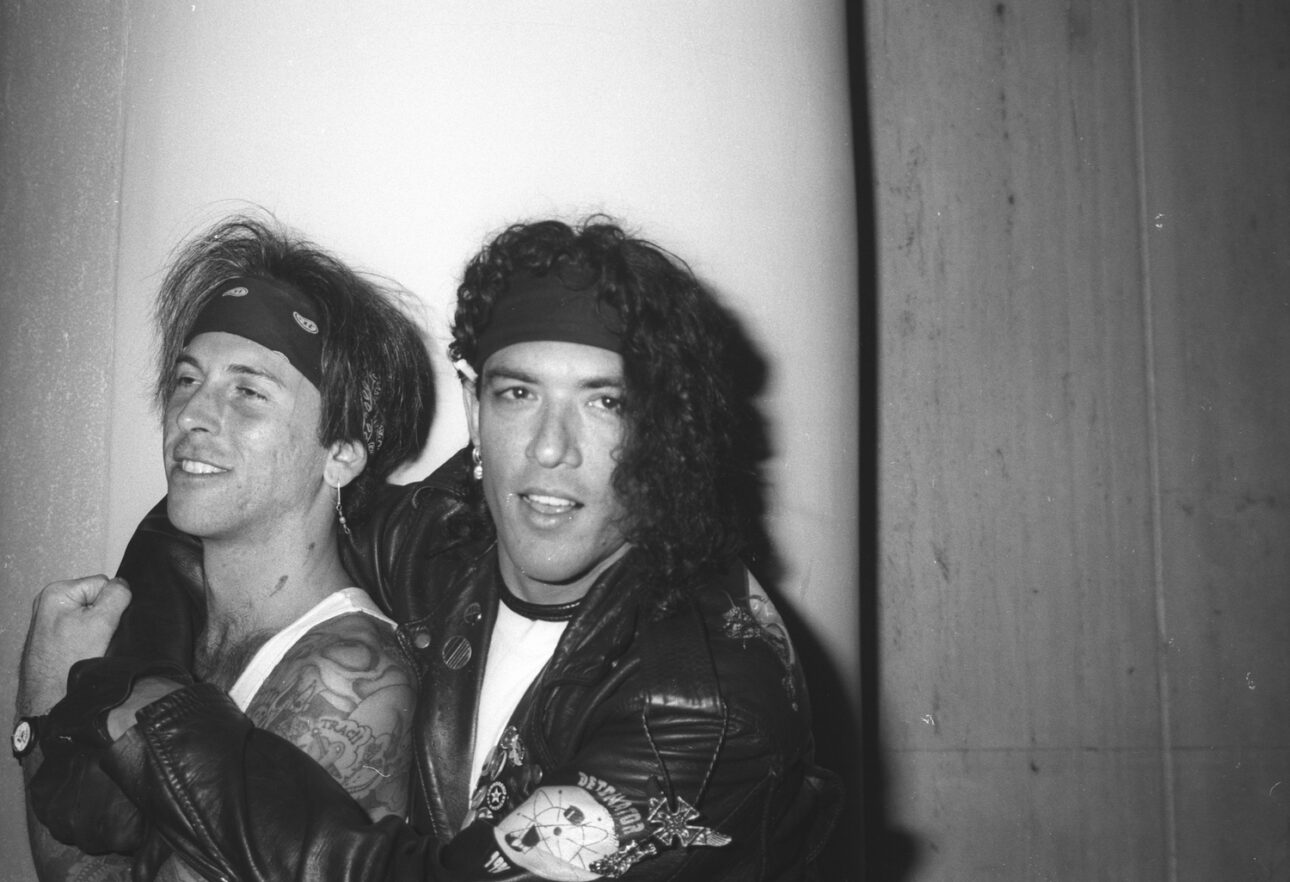
Despite his people skills, for 12 years, Guns was not a part of L.A. Guns, the band that bears his name. “Serious toxic shit,” is what he says of what was happening within the group’s ecosystem at the time, not the least of which was their royalties being stolen and confrontations with the individual who took them. “You can hang with people you don’t like, but you can’t hang with people you don’t trust,” he says.
Guns went solo while L.A. Guns carried on without him, which was awkward, to say the least. Even stranger was Riley’s L.A. Guns—which is a separate story for another time. What Guns discovered was he had an audience that was interested in him on his own. He tested out the L.A. Guns waters at Sirius XM’s Hair Nation Festival in 2016. That experience went well. With removal of the negative elements and a new record deal, the band got back together.
As much time as Guns has spent interacting with musicians in-person, these days, the music-making part of L.A. Guns, or any of his projects for that matter, is primarily conducted remotely. He has a home studio, as does L.A. Guns’ drummer Adam Hamilton. The two of them write the music together with rhythm guitarist Ace Von Johnson and bass player Johnny Martin throwing in a few songs per album. Guns works with each musician individually, leaving the rest of the communication to email. In this way, Guns realizes his vision quicker with less distractions and external ideas.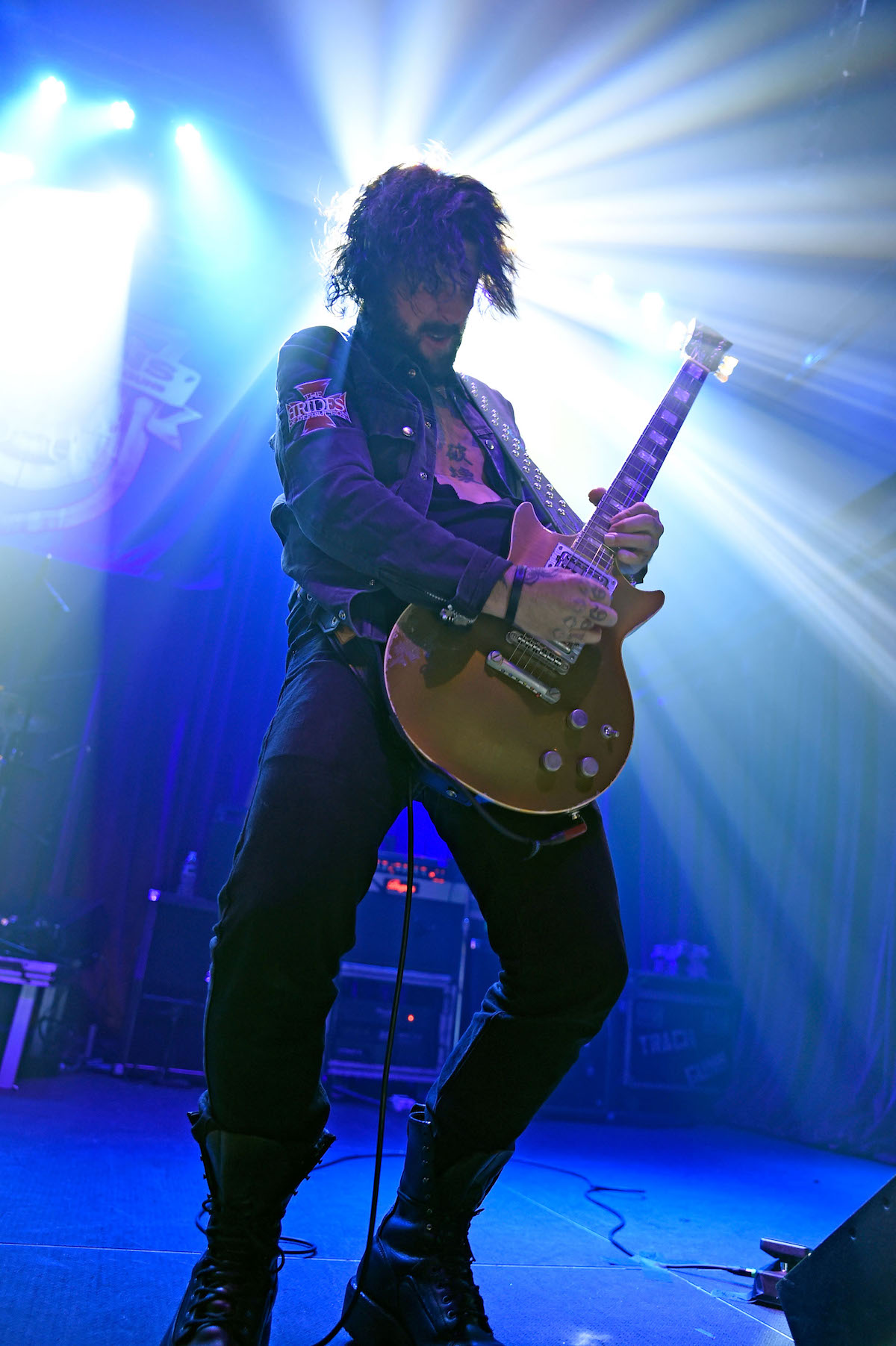
When I ask if he misses the energy and reaction of jamming in a room with his band members, especially in the writing process, Guns says, “When you’re younger, that’s how you develop your style. You play with other human beings. You need that experience to make records. For years we would first meet in the production house for three months, every day—even weekends sometimes—for eight to 10 hours a day, just jamming and getting the ideas flushed out and spending so much money on food.
He continues, “Then you go into the studio and it’s everything you dreamed about and read about in SPIN magazine. Then, all of a sudden, you’re like, ‘I’m fucking trapped in this studio. I have to be here eight to 12 hours every day, because, at the end of the day, it is your record.’ I spent time with the producers before we chose them. By the time we’re rolling tape, we’re friends. I trusted their experience and it paid off. Experience is a very good thing to have. Those big studios, dealing with engineers and equipment and producers, was my education for now.”
While in the first half of their career L.A. Guns toured to sell records, now, like all musicians, they make records to book tour dates. The Leopard Skin tour is extensive, previewed by an appearance at the Monsters of Rock Cruise. Guns corrects me, clarifying that L.A. Guns always sell records and they always draw an audience. And while they’re not an arena-filling act anymore, they are a multi-platinum band. Guns qualifies that by saying, “We’ve barely sold 10 million records.” When I laugh out loud at this statement, he puts it in context citing Ratt selling over 20 million records before the ’90s and Mötley Crüe whose success has propelled them to present-day stadium status, same with Guns N’ Roses.
“There’s a big difference between what those bands were able to achieve and us,” he says. “But everybody’s a legitimate musician. Everybody has a definite career. I think the bands that are smaller are the ones that were more defiant. They were not going to play the game—and I did play the game. I okayed ‘The Ballad of Jayne’ to be on our second record even though I thought it was way too early to cash in.
“It didn’t matter when it came out, we always knew that was the song,” he continues. “It gave us longevity, but there was a shift, our audience changed after that. We were playing bigger venues, but we lost a little bit of our metal crowd. Now it was a crowd that was sitting around for 70 minutes waiting to hear ‘The Ballad of Jayne.’ We’re slamming through ‘Sex Action’ and ‘Electric Gypsy’ and they’re like, ‘Whoa, what’s this?!’ Mötley Crüe, their first hit was, ‘Looks That Kill,’ and it led nicely to ‘Home Sweet Home’ on their third record. They built it to the point where it made sense. For us, we just wanted to be a stinky, ratty band that could play like motherfuckers.”
And the show will go on, even if Guns has to play from a venue bathroom, which he did in 2022 when his panic disorder, exacerbated by heat, wouldn’t allow him to perform on stage. Guns explains that his situation has a different diagnosis, where his brain freezes in certain situations. But anxiety actually helps him perform at peak level.
“Everybody’s brain has a maximum load it can handle,” he explains. “That’s why you have people in the same job for years that have the highest stress levels because they never get to go on tour. They never get to go on vacation. They never get to step outside the stressors in the environment. They age a lot faster. You always hear rock ‘n roll keeps you young. Well, it certainly does, because it frees your mind and gives you dopamine and serotonin naturally.”
Upon my request, Guns retells the story of being in Michael Jackson’s “Beat It” video as one of the dancers (because he was hoping Eddie Van Halen would be there playing his famous guitar solo). Then he leaves me with a SPIN-related anecdote that sends me into a search wormhole once our conversation concludes.
“Our first record was coming out and SPIN had an advance copy,” he shares. “They were always going to be an alternative magazine. We knew that going in. This isn’t Hit Parader or Creem or Circus. I was like, ‘Hell yeah, I want to do that.’ Somewhere I have one of the original prints where we’re off Sunset near the Cinerama Dome. There’s a big red wall and we’re all wearing black leather. It’s one of the coolest photos of L.A Guns ever. And that was SPIN. That was our very beginning of doing press.”
To see our running list of the top 100 greatest rock stars of all time, click here.
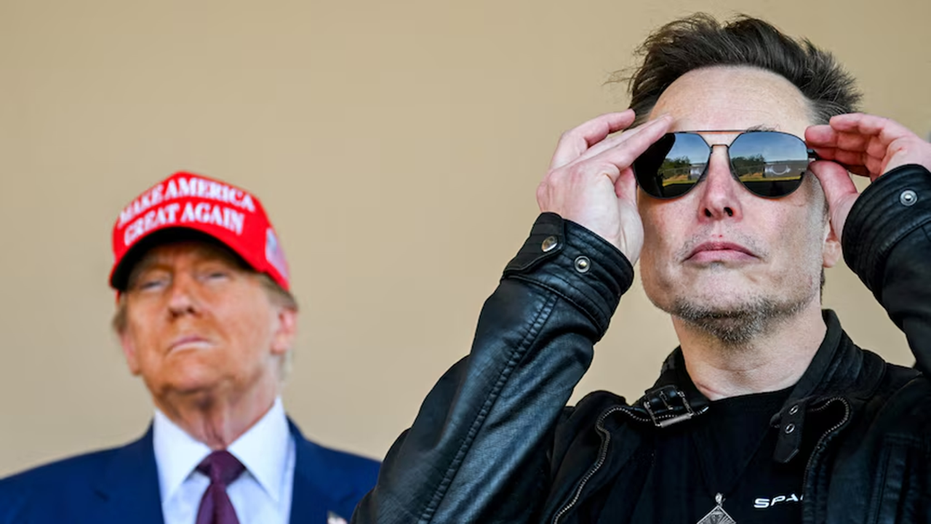
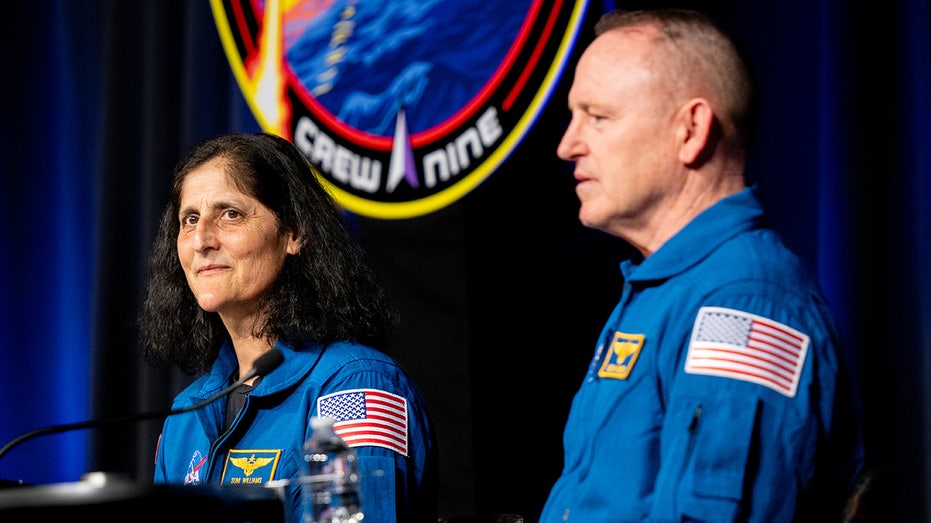



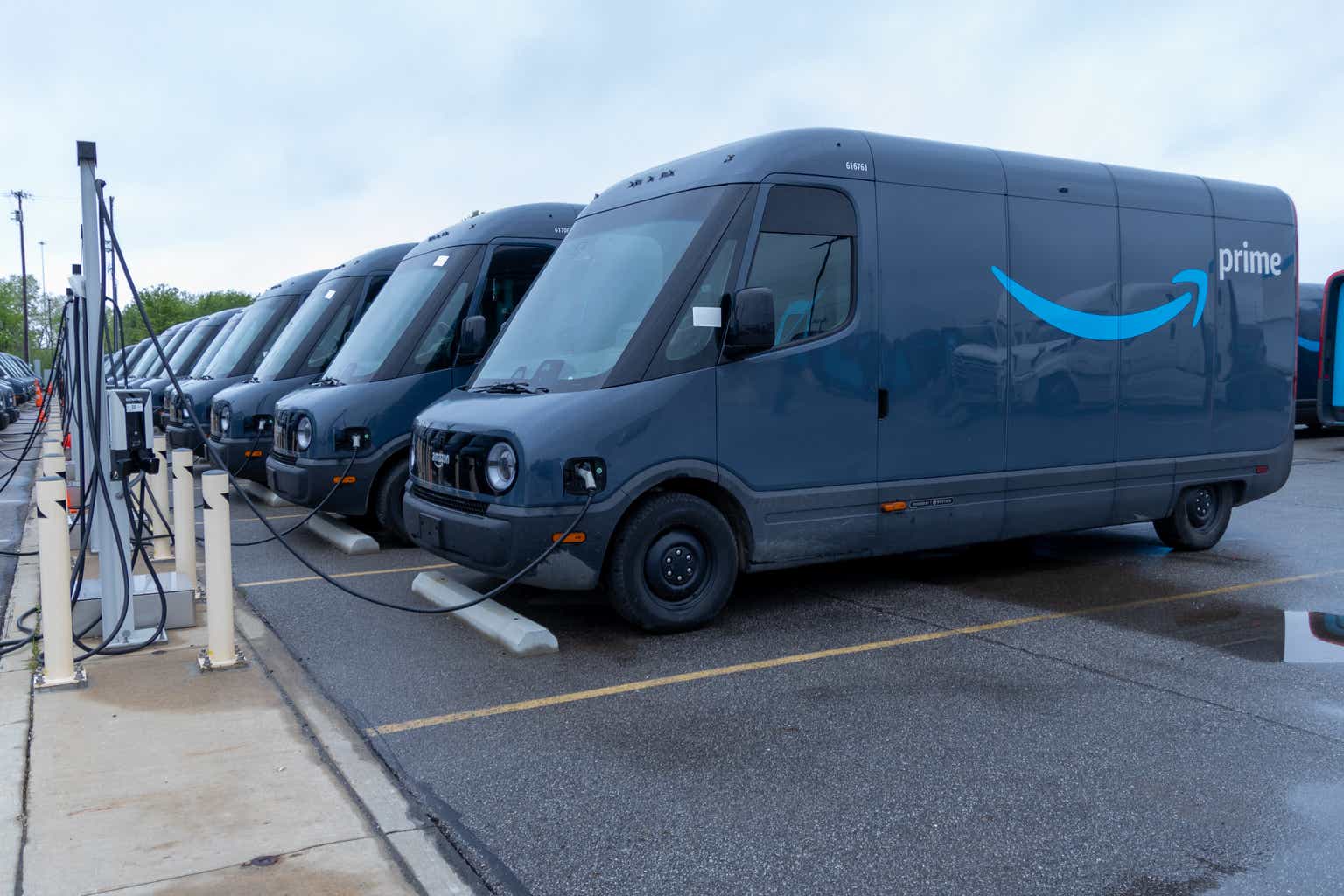
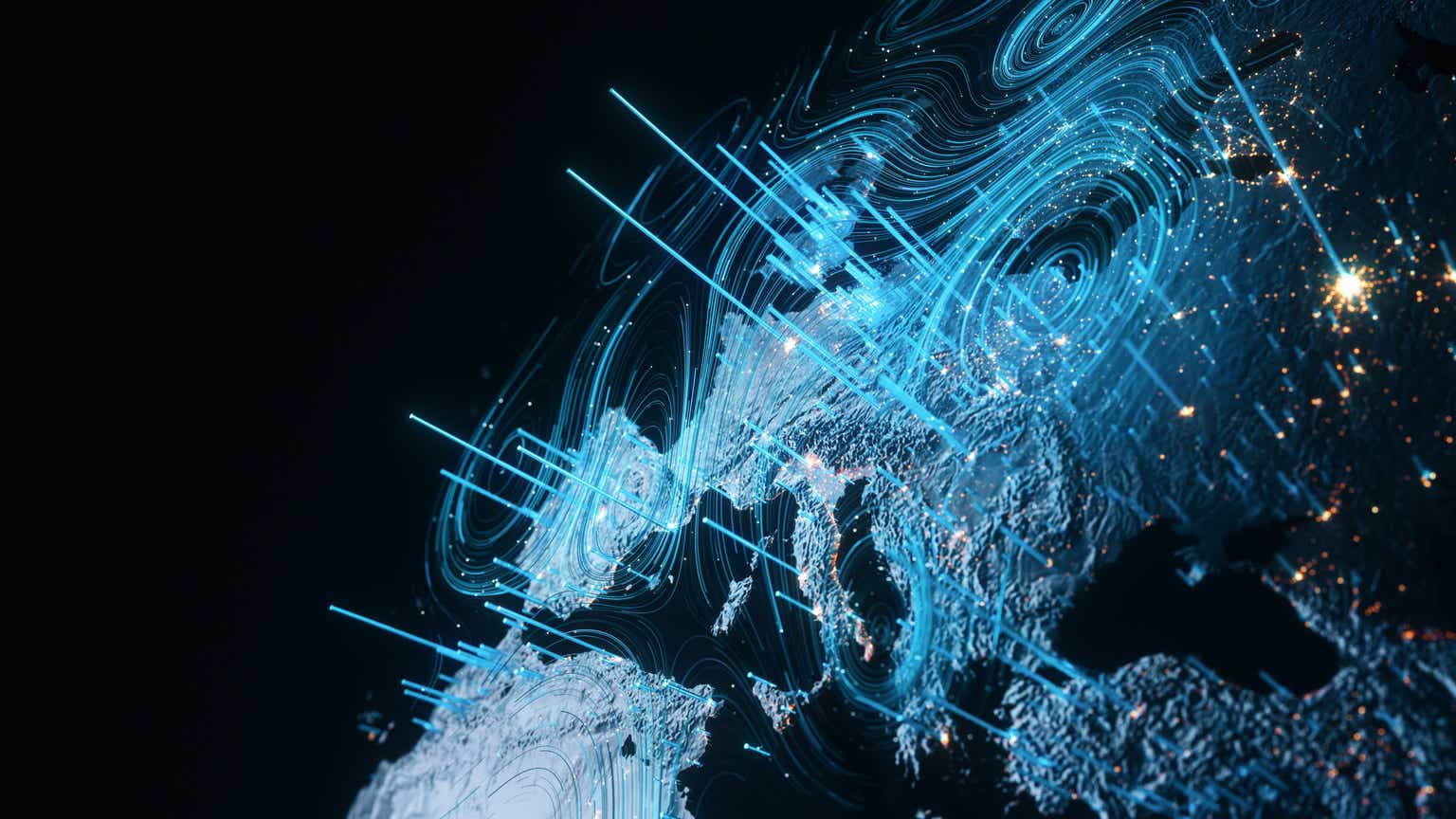




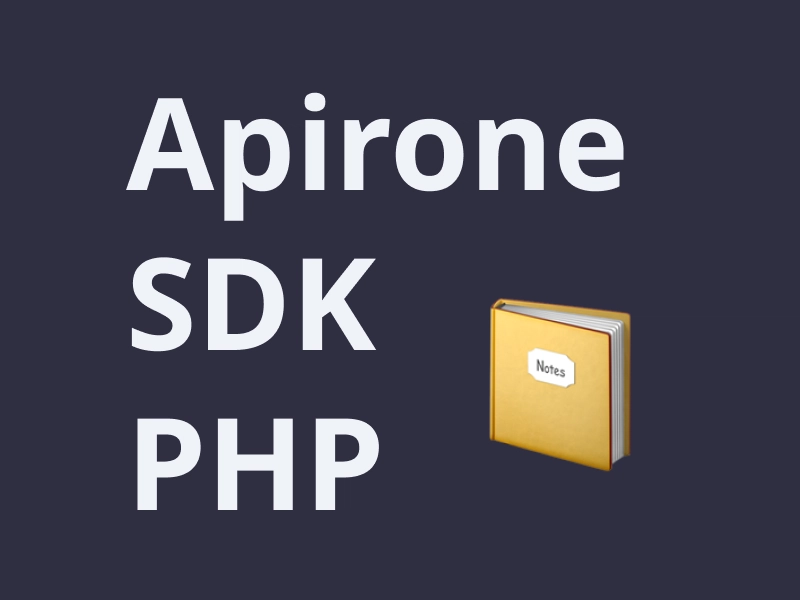
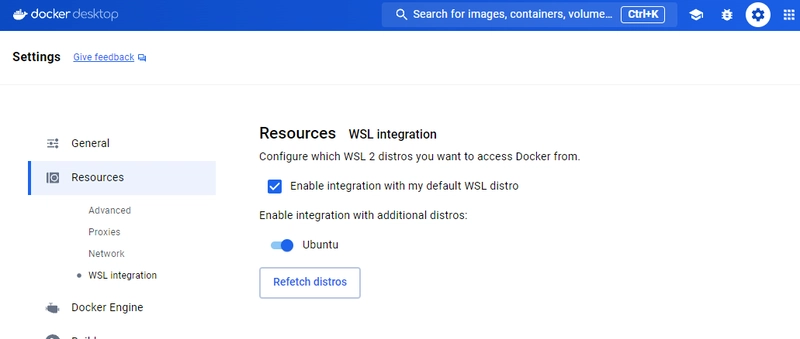











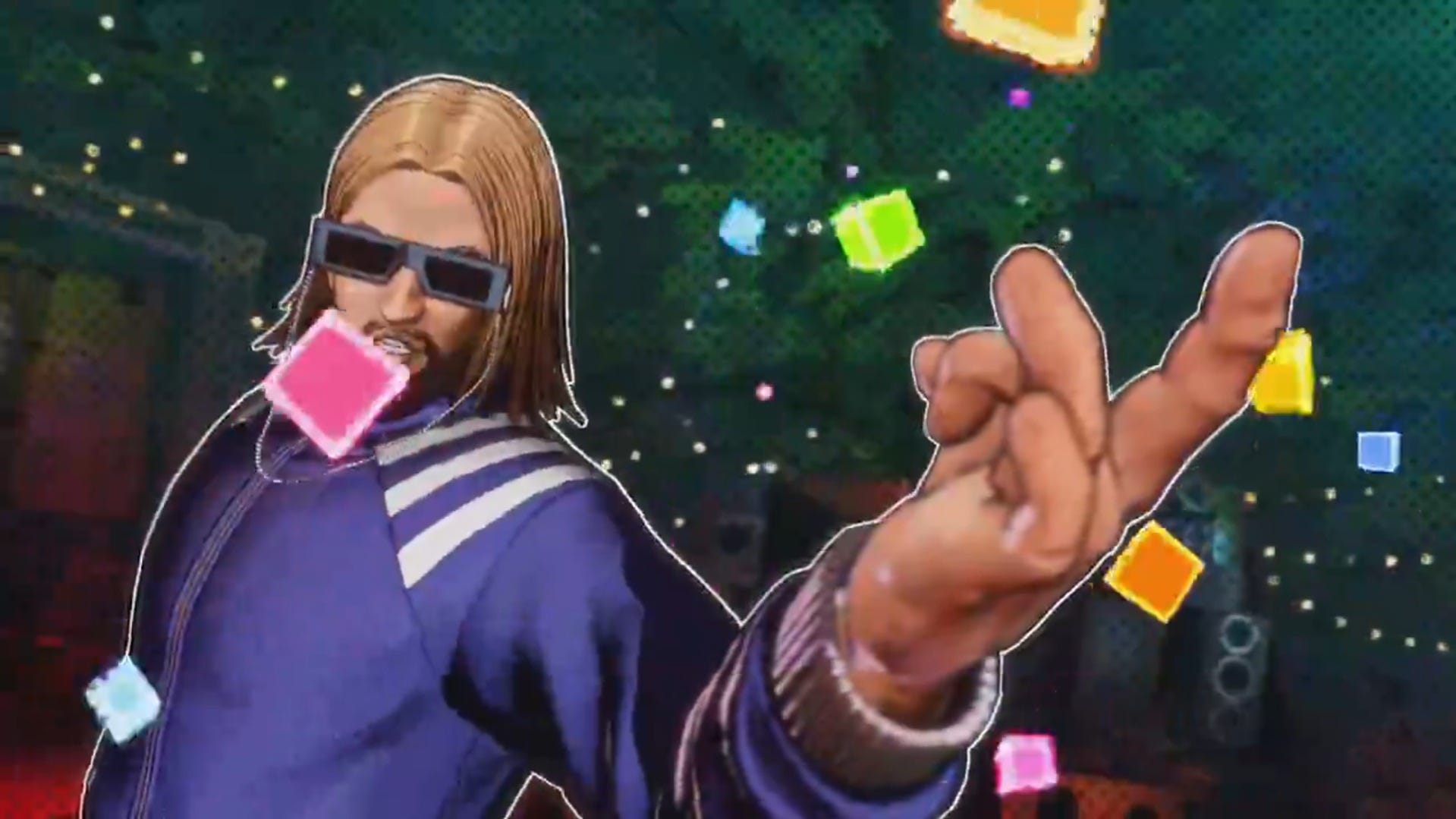
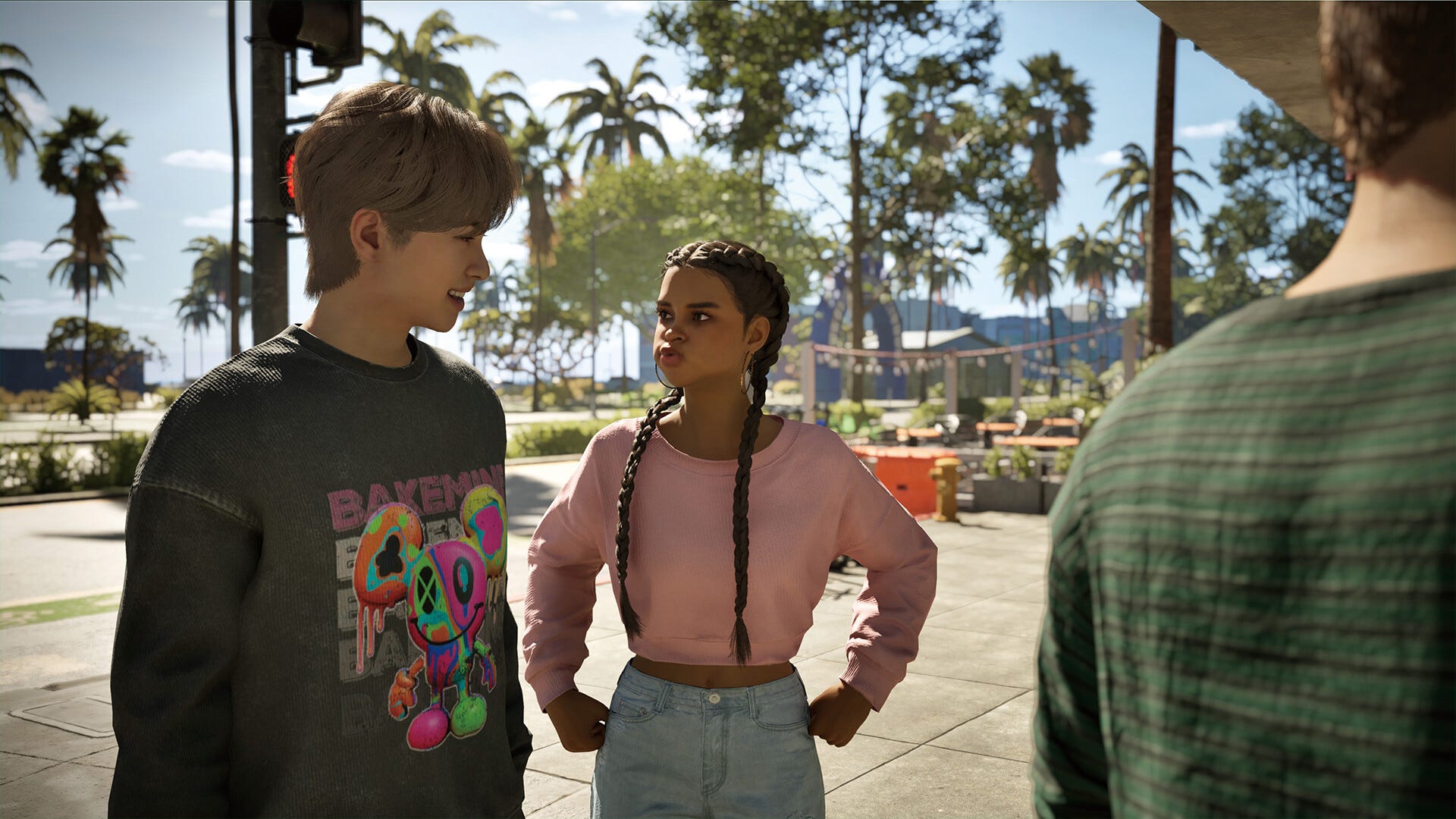








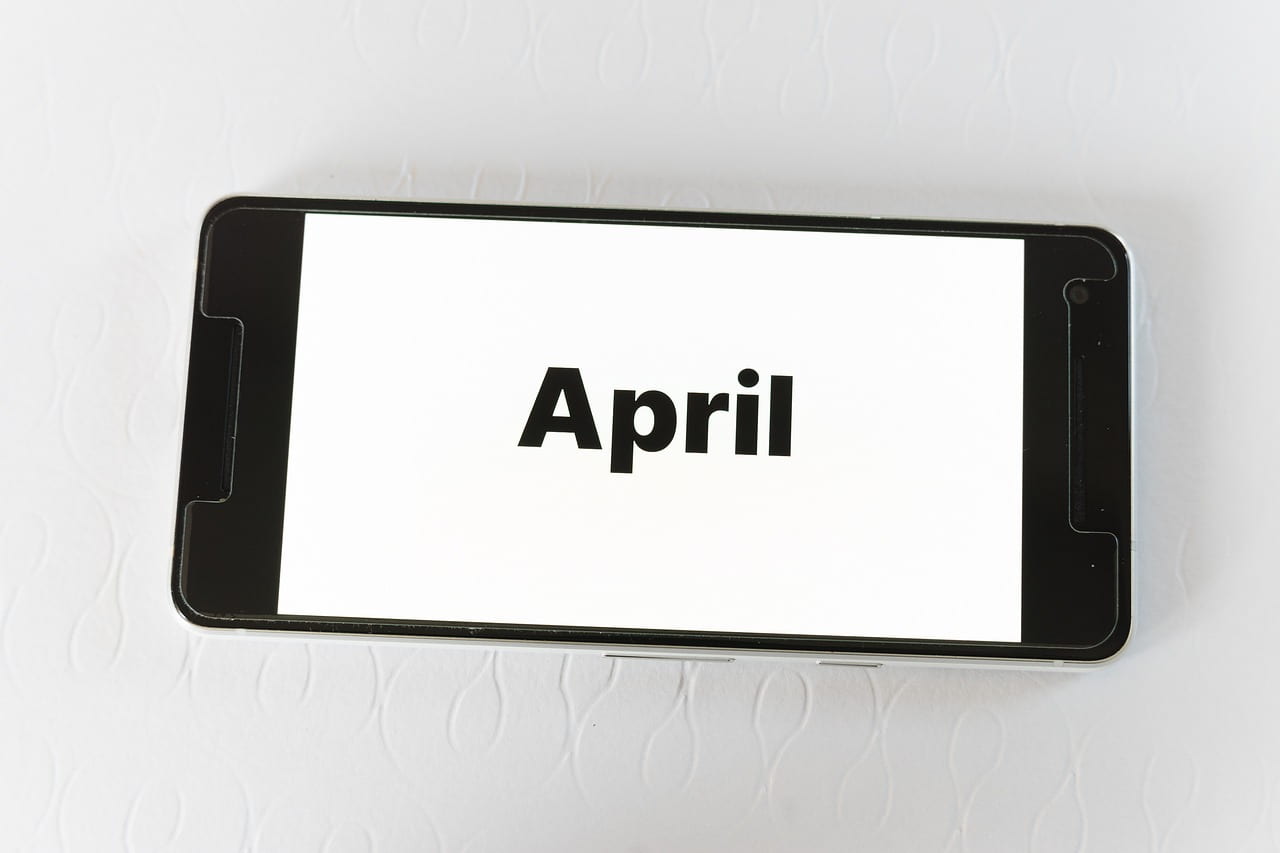


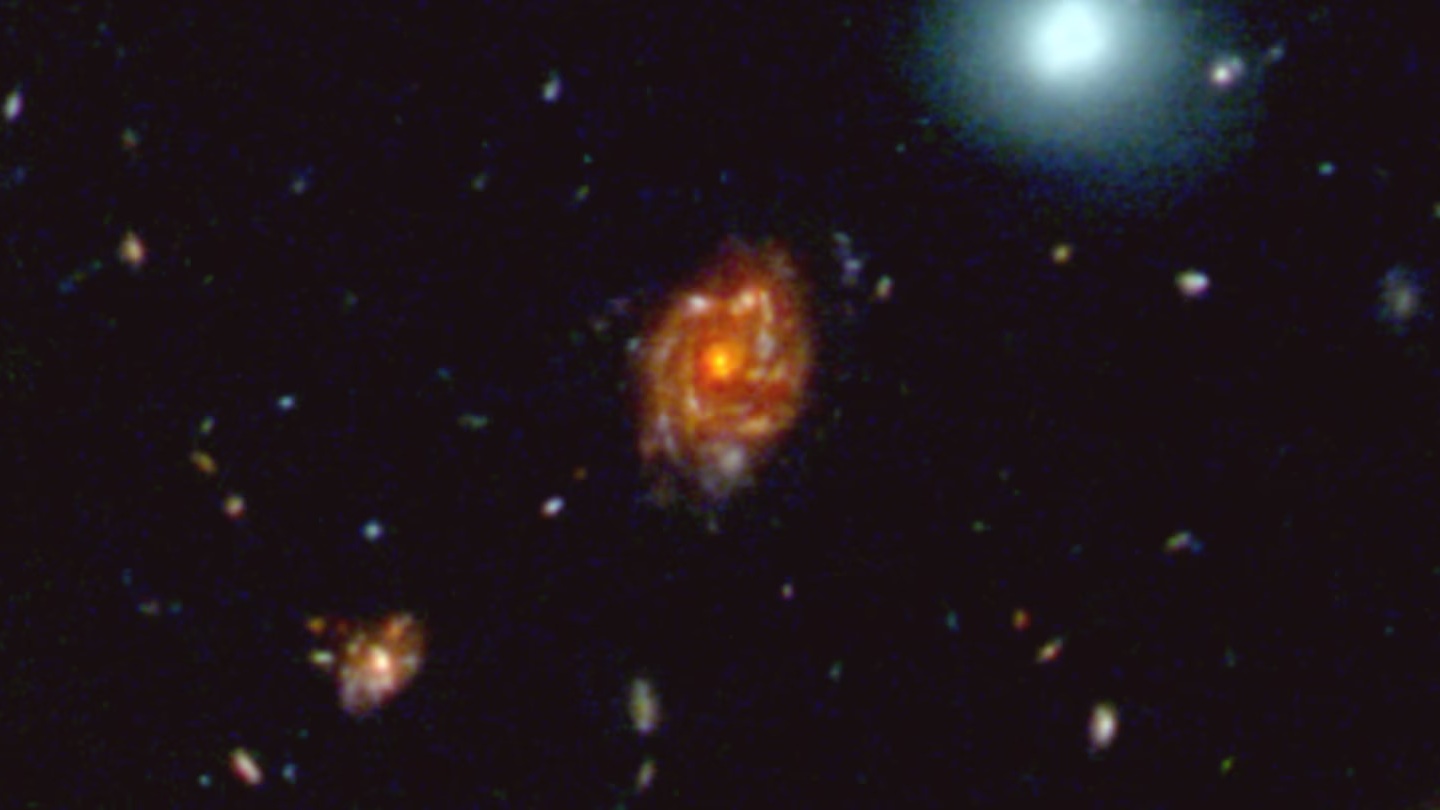
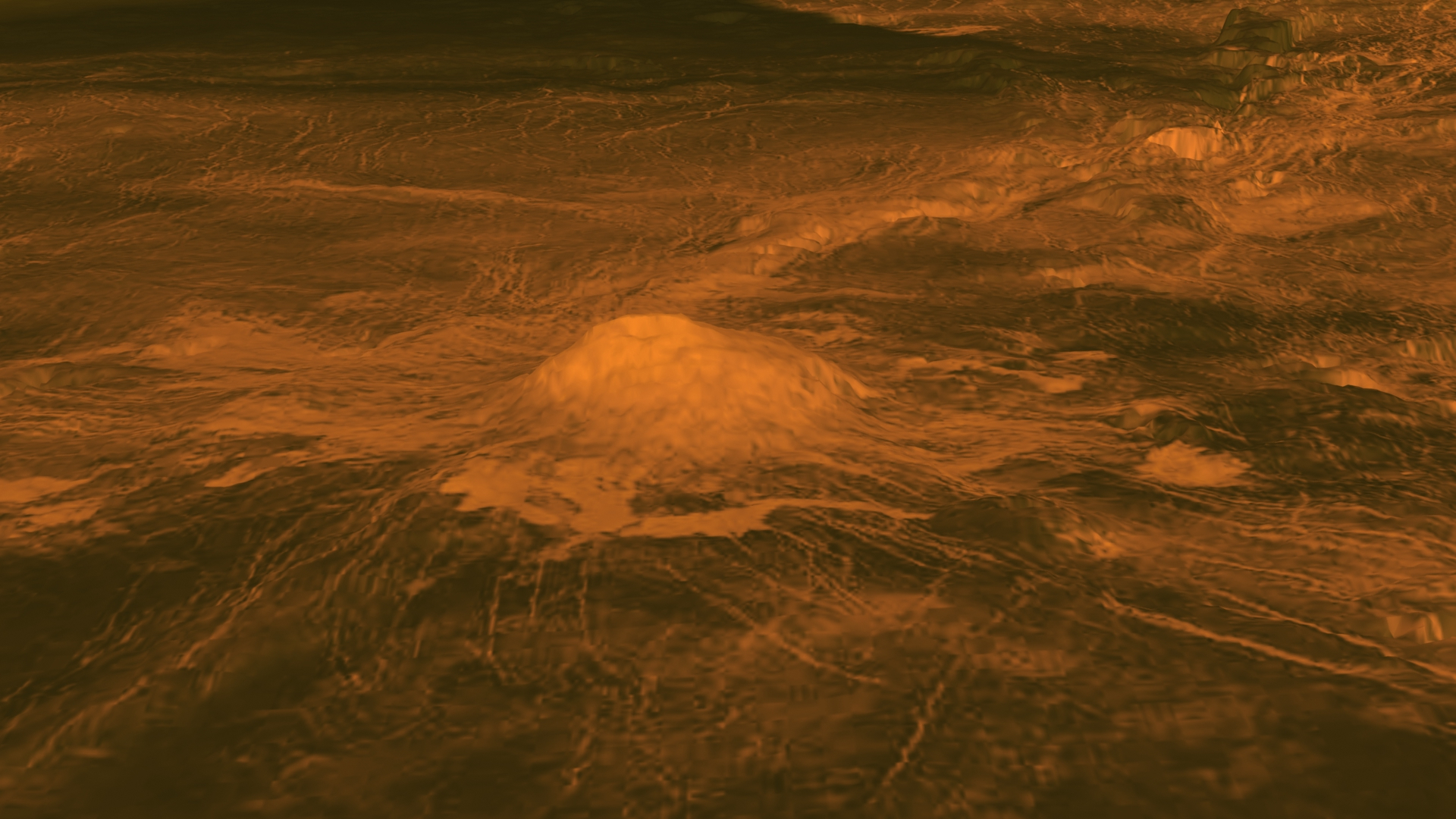

/https://tf-cmsv2-smithsonianmag-media.s3.amazonaws.com/filer_public/a6/73/a673143a-c068-4f51-a040-6d4f37d601c0/gettyimages-1124673966_web.jpg?#)
